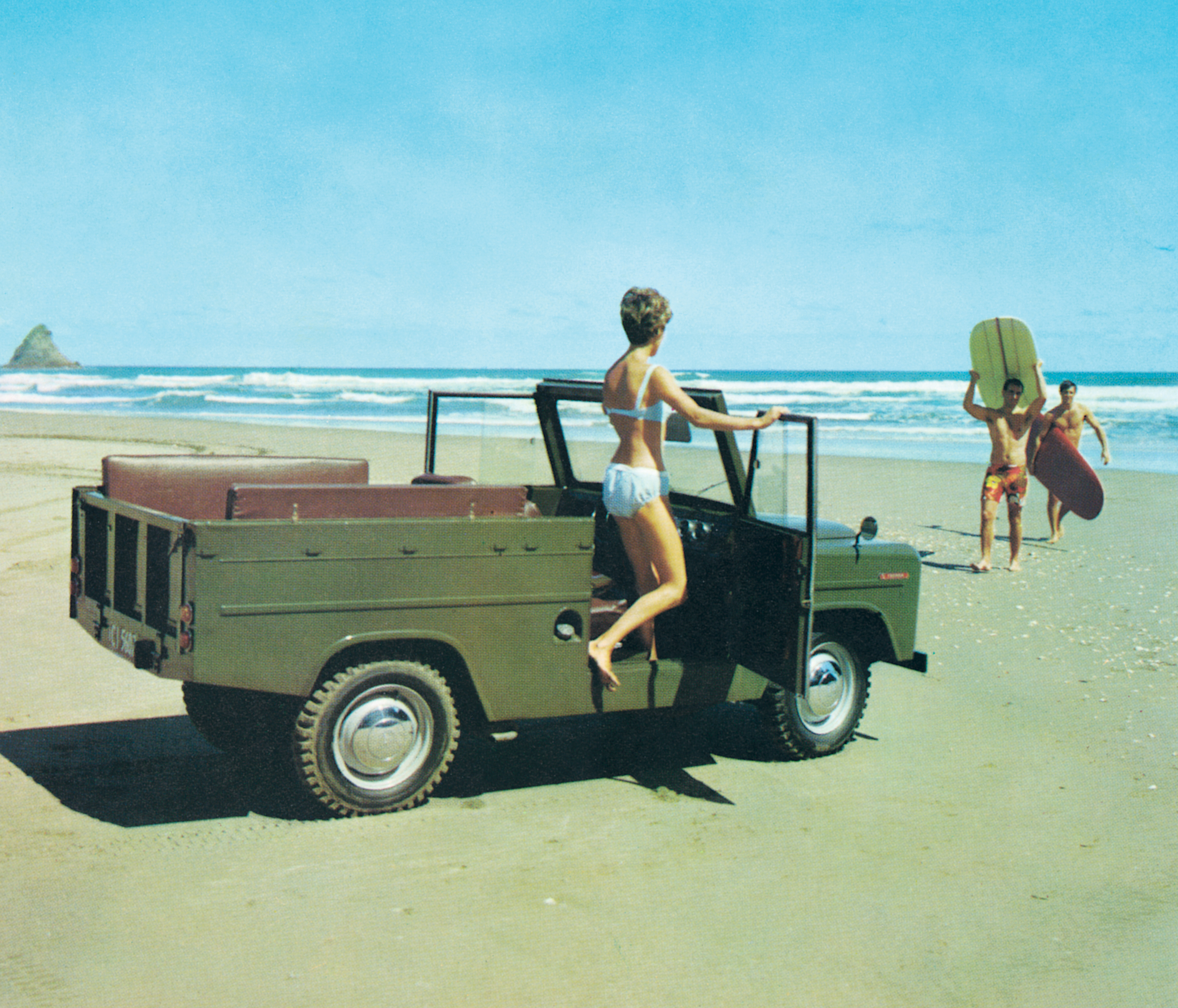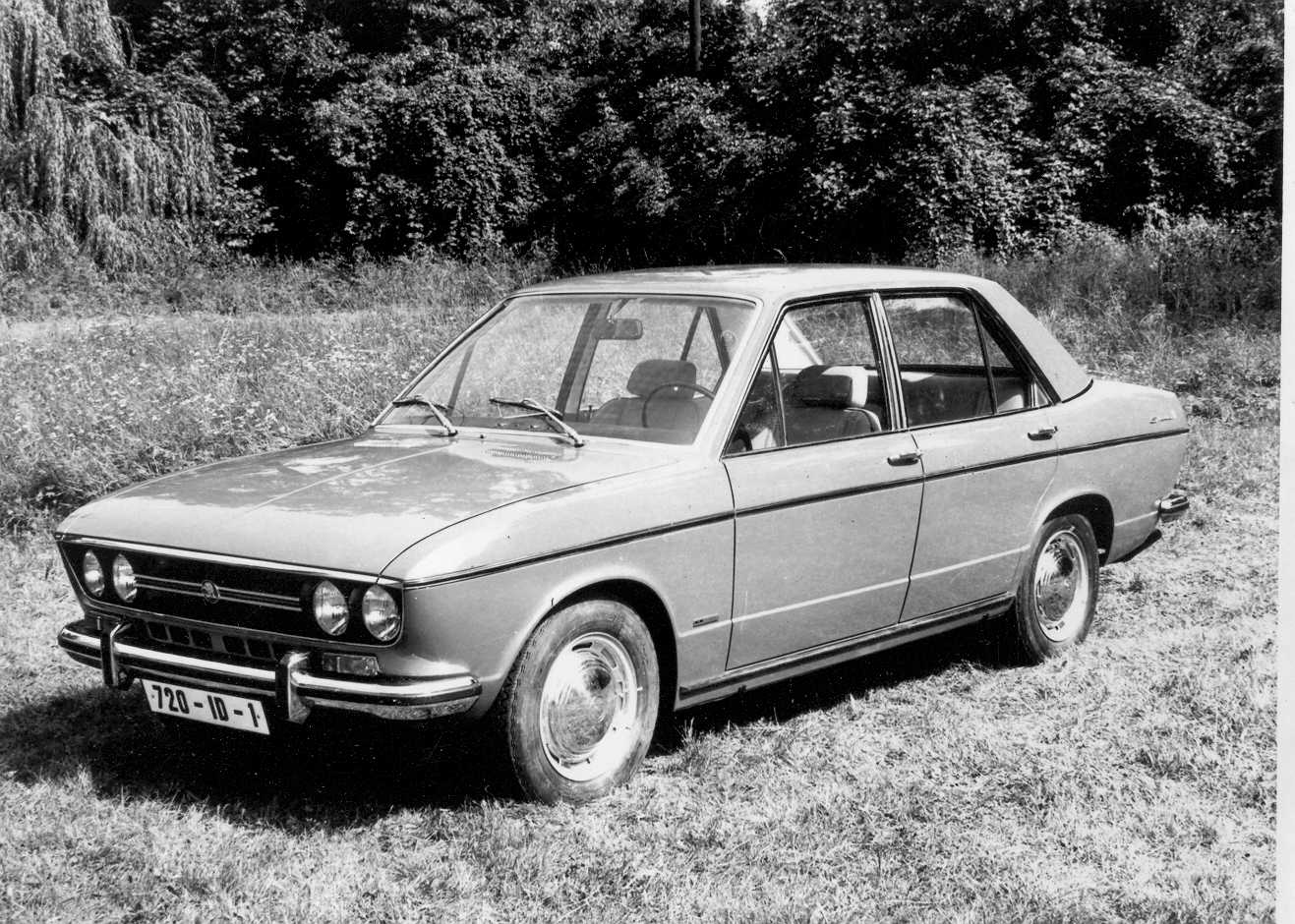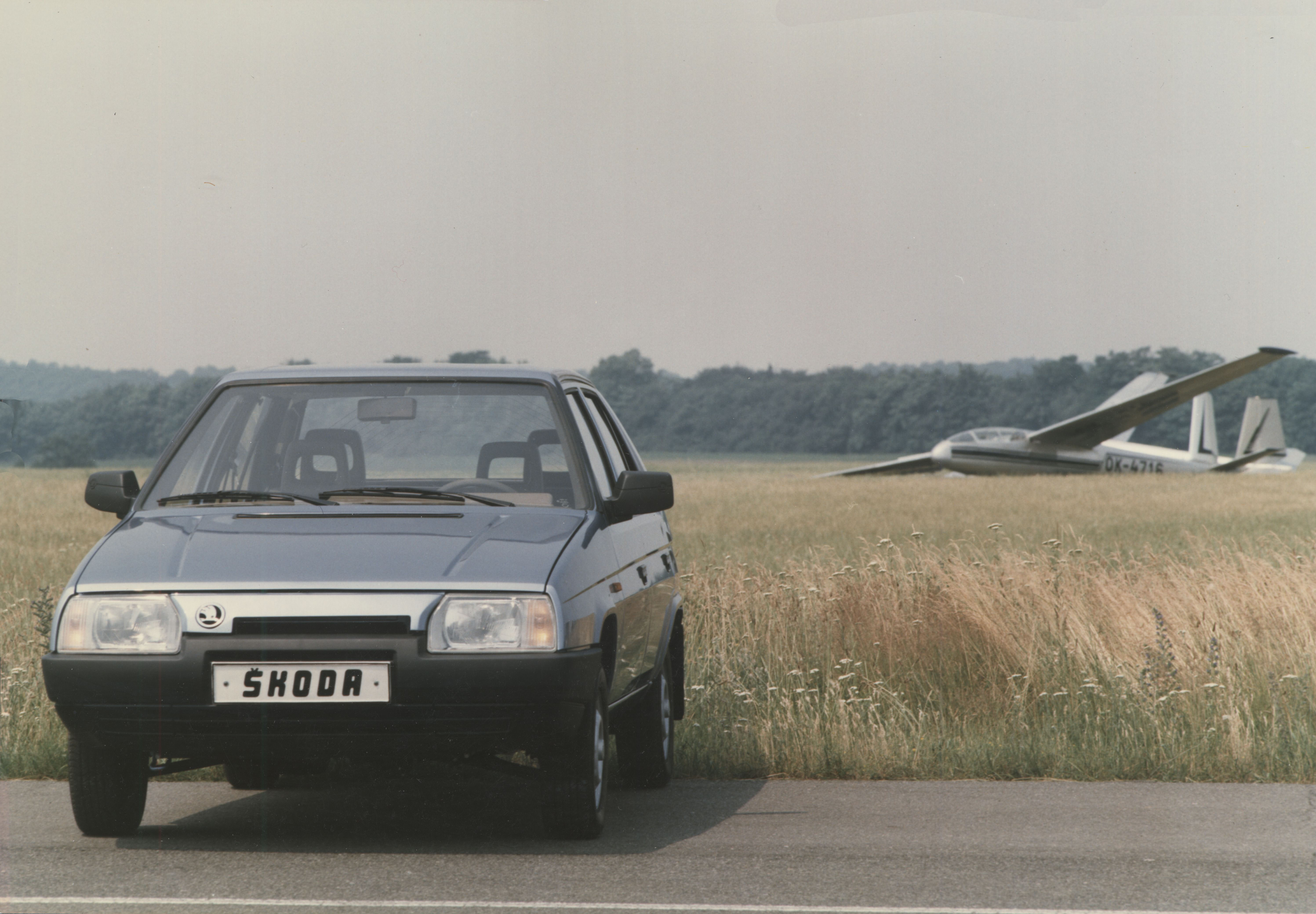The traditional Czech carmaker currently has three production plants in the Czech Republic, but it also manufactures in China, Russia, Slovakia and India, mainly through Volkswagen concern partnerships, as well as in Ukraine and Kazakhstan in collaboration with local partners. Having a firm foothold in India and China, markets with roughly 1.4 billion inhabitants each, is crucial. ŠKODA announced its move onto the Indian market, where it had successfully exported passenger and utility vehicles before World War II, at Auto Expo 1998 in New Delhi. The ground-breaking ceremony for the main assembly plant at Aurangabad, a city with a population of a million and a half, took place on 13 January 2000. Production of the OCTAVIA series started in November 2001. In India, ŠKODA currently manufactures at Aurangabad (OCTAVIA, KODIAQ and SUPERB) and Pune (RAPID). In addition, ŠKODA is in charge of all Volkswagen Group activities in India as part of the INDIA 2.0 project.
Before World War II ŠKODA also had five sales offices in China. Large-scale cooperation did not start until June 2007, though, when ŠKODA returned to the Chinese market after several decades’ absence as part of the SAIC Volkswagen joint venture and began producing ŠKODA OCTAVIA cars in Ningbo. China soon became the Czech carmaker’s biggest national market. KAMIQ, KAMIQ GT and SUPERB models are currently made in the factory at Nanking; RAPID cars at Icheng; KODIAQ and KODIAQ GT at Changsha; and OCTAVIA and KAROQ models at Ningbo.











































